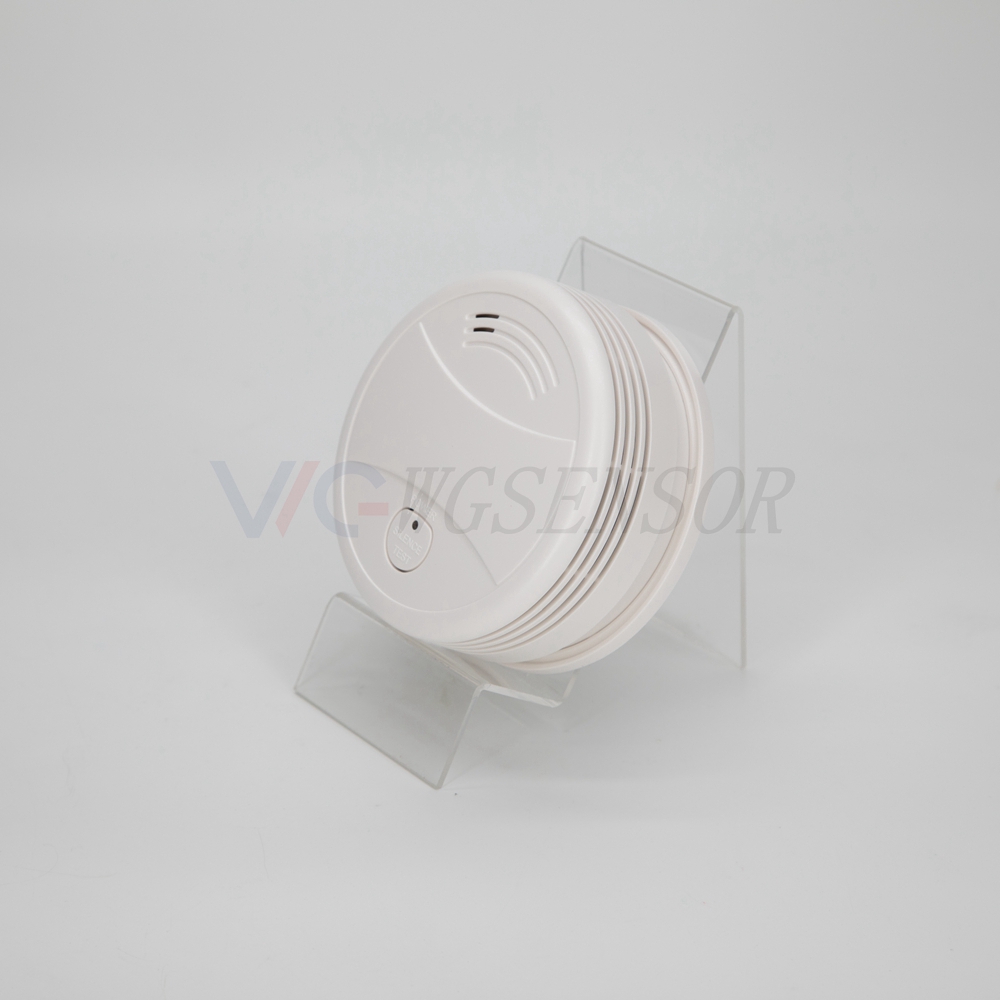HVAC stands for Heating, Ventilation, and Air Conditioning. An HVAC system is a technology used to provide and regulate the environmental conditions within a building or vehicle. The primary goal of an HVAC system is to ensure thermal comfort and acceptable indoor air quality. Here’s a brief overview of each component:
Heating (H): This component is responsible for maintaining a comfortable temperature in the living or working space. Common heating methods include furnaces, boilers, and heat pumps.
Ventilation (V): Ventilation is the process of exchanging or replacing air within a space to control indoor air quality. It involves the removal of pollutants, odors, and excess moisture while replenishing the air with fresh, outdoor air. Ventilation systems can include fans, air exchanges, and air filters.
Air Conditioning (AC): Air conditioning involves cooling the indoor air to maintain a comfortable temperature during hot weather. The most common air conditioning systems use refrigeration cycles and include components like compressors, condensers, evaporators, and refrigerant.
HVAC systems are crucial for maintaining a comfortable and healthy indoor environment, especially in homes, offices, commercial buildings, and industrial facilities. They play a significant role in regulating temperature, humidity, and air quality. Additionally, modern HVAC systems often incorporate advanced controls and automation to optimize energy efficiency and reduce environmental impact.


Please contact us for free quotation by form below. We promise the quickest response within 24 hours: